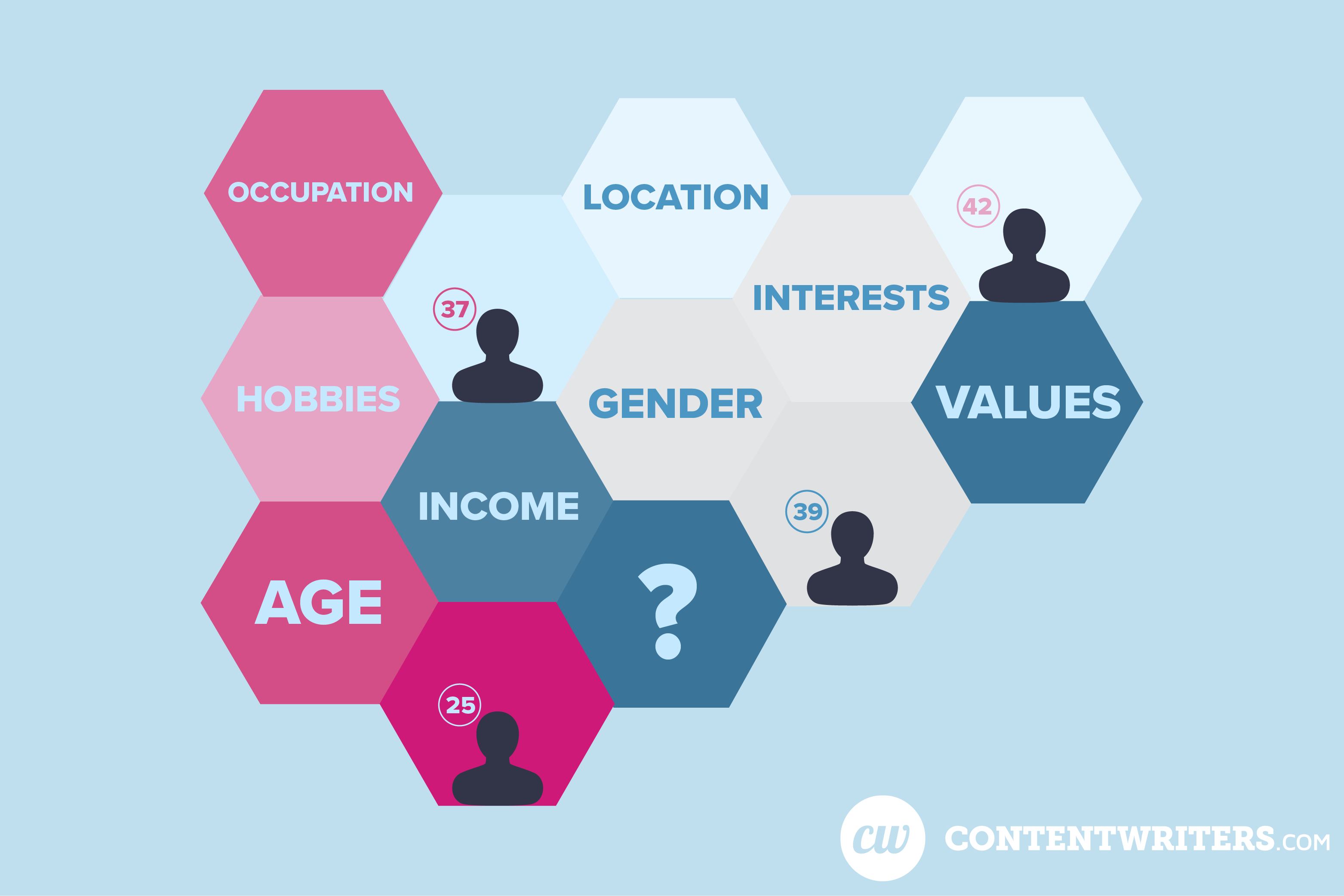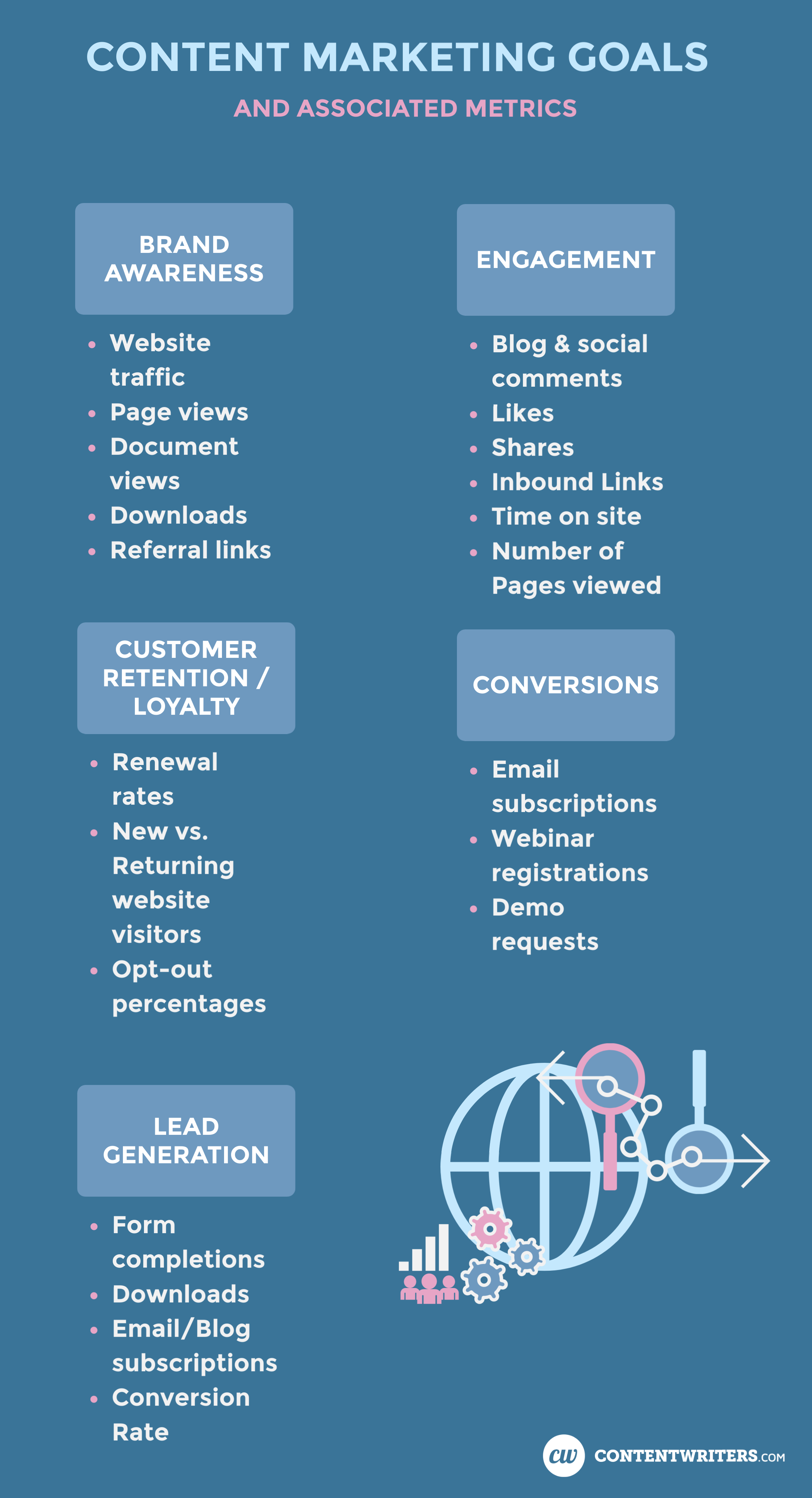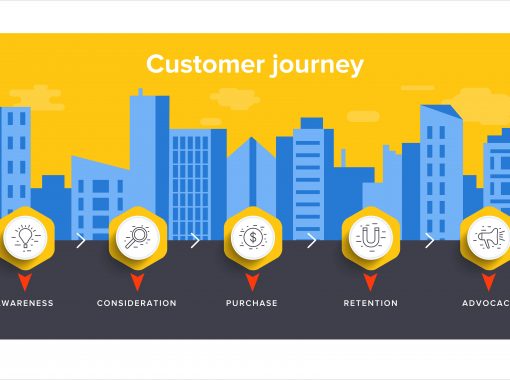
New to Blogging? Here’s How to Get Started in 2020
Blogging started with Justin Hall. He’s the freelance journalist and college student credited with introducing the concept of blogging to the world back in 1994. He technically referred to what he created as his “personal homepage,” but, hey, semantics, right?
Today, blogging has evolved into something of an art form that can even be lucrative if you’re amenable to advertising or sponsorships. In fact, there are more than 600 million blogs in the world today and somewhere around 1.7 billion websites – so, you basically have a 50-50 shot of running into blog content when you search for something online.
Granted, it may seem like “everybody,” has a blog in 2020 that explores music, art, diving, scrapbooking, and self-hypnosis enthusiasts to wise grandmothers wishing to share their baking secrets with the world. Of course, this isn’t realistically the case – again, semantics. Still, if you’re ready to explore your options with the concept Justin Hall introduced us to roughly a quarter-century ago, here’s what you need to know to get started with blogging in 2020.
Know Why You Want to Start Blogging in 2020
The approach you take to setting up a blog for SEO purposes is going to be very different than what you would do if you’re just planning to casually reveal your makeup secrets. So, before you do anything else blogging-related in 2020, figure out why you want to become part of the blogosphere. While you’re certainly welcome to have your very own unique reason for wishing to blog, some of the more common reasons include:
- Wanting to share knowledge about a particular topic or interest
- A desire to promote a particular product or business
- The hope of creating a primary or supplemental source of income
- Wishing to build mutually beneficial relationships with people in the same niche
- A desire to supplement existing website or social media content
Establish Clear Blogging Goals
Once you have a good idea of why you want to start a blog in 2020, give yourself a bit more direction and guidance by creating clear, tangible, and achievable goals. For instance, if you want to build relationships with other influential people in your niche, your blogging goals might include:
- Becoming a trusted source of information related to your industry or niche
- Producing relevant, insightful blog content that gets viewed and shared by others in your niche
- Convincing influential bloggers in your niche to submit guest blog posts or reference or cite your content to increase your credibility.
But avoid being overly ambitious with your blogging goals. You’ll be better off if you keep your goals small, realistic, and achievable. As you get started and get a steady rhythm going with your blog, however, you can always aim for some more lofty objectives.
Take Care of the Initial Blog Basics
This is the point where you do things like pick your platform and the design for your blog. The most common option with blogging platforms is WordPress, a free, open-source content management system (CMS) that powers about 15 percent of the world’s top websites and offers hosting services you can use for your blog.
It’s fine to go with a free or low-cost option when you’re just getting started. However, this means you’ll be limited to whatever templates and features are available – but you’ll still be able to personalize your blog’s appearance to some extent with plugins (like these ones from WordPress) that are compatible with your desired platform.
Premium hosts will give you more options with customization, and you’ll also get added security features. This can be beneficial if you plan to monetize your blog. Regardless of what’s right for you, take some time to fully consider your design and style options for your blog since most people make up their mind about any type of content based on how it’s presented.
Pick a Descriptive, Eye-Catching Blog Title
If you’re just jumping into the blogosphere in 2020, you’re going to have a lot of competition. Therefore, another important item on your blogging checklist should be the title you pick for your blog.
Put some thought into this step as well, since this is what will help people decide if they actually want to read your posts. Consider these three tips as you choose your blog’s title:
- Use a thesaurus: This is a good option if you want to avoid using common or overused words – but avoid any terms that are too obscure or “slangy”.
- Check out your competitors’ blog titles: Even if your competitors aren’t super creative with their titles, taking this step will give you an idea of what’s already attracting attention with your intended audience.
- Tinker around with your name/business name: Another common title option with blogs is some variation of a personal or business name.
You’ll also need a website and a domain name. The potential problem here is that at a lot of the “good ones” tend to be taken – at least if you’ll be blogging about a popular topic, field, industry, or niche. But if you get creative, you should be able to tweak your domain name enough to still use what you have in mind.
Understand Your Audience and Collect Ideas

Now, it’s time to get to know your intended audience so you can produce top-notch content that will engage your readers. This is also a great way to collect the ideas you’ll need to produce a steady stream of blog content. One way to do this is to pay attention to comments being left on your social media pages. After all, it’s your loyal followers who tend to be on top of what matters most to your target audience since they’re part of it.
Another tactic is to write a few initial posts you might use for your blog and ask for comments and feedback via your existing platforms. This will give you a better idea of whether or not you’re on the right track before you start presenting a steady stream of blog content.
Bonus Tip: Use tools like Answer the Public to see what questions people are asking online in relation to topics you’ll likely be blogging about. This will give you an idea of what your target audience wants to know.
Try Guest-Blogging First
If you’re still not fully sure how well your blog posts will go over with your intended audience, start by guest-blogging. This way you’ll be able to dip your toe into blogging waters with the added safety net of an established blog’s existing audience.
Just make sure you stick to any guidelines that apply to blogs you submit posts to. Of course, you can always set up guest-posting guidelines for your own blog later, so it all balances out.
You’ll also be able to see what kind of reactions your posts get. Doing so will give you a better idea of how to fine-tune your blog content once you’re ready to confidentially chart your own blogging course.
Look for Ways to Promote Your Blog
The next step is to spread the word about your blogging efforts in 2020. An effective way to do this is with email. If you’re already doing email marketing, there are two possible strategies to consider for promoting your blog content:
- Start a blog-specific email list: This is where you gather email info as people start to check out your blog so you can let them know about new posts.
- Use your existing email lists: If you already have segmented email lists, determine which recipients would likely be interested in your blog content.
Social media is another excellent blog promotion tool. Plus, you can tease your audience with bits and pieces of content from your posts to convince curious social followers to check out your blog. Further promote your blog by considering one or more of the following tactics:
- Placing a call-to-action on your website to encourage blog visits
- Mentioning your blog in “thank you” emails sent after purchases are made if you run a business that’s accessible online
- Including your blog in your website menu
- Reaching out to influencers within your with established blogs to see if they’ll be willing to link back to yours*
*You’ll be more likely to have success with this tactic if you sweeten the pot by submitting guest blog content or blog post samples.
Optimize Your Blog Posts
More than 2 billion blog posts were published globally in 2018 alone, so optimizing your blog content for online visibility is certainly worth the effort if you want to make it easier for your posts to be seen by the intended eyes. In order to achieve this goal, you’ll need to optimize your blog content. An “optimized” blog is one that includes:
- Relevant keywords in blog post titles and within the content
- Internal links to your website within posts related to your website content (when it makes sense to do this)
- Answers to commonly searched questions related to your blog topics
- Short, descriptive titles
- A relevant keyword or two in your URL
- Alt text for images in your blog content since Google can’t “read” images
- Meta descriptions to give searchers a better idea of what your blog content is about
- Relevant tags and categories*
*Avoid overdoing it with tags and categories for your posts. This is similar to keyword stuffing, and it won’t help you SEO-wise.
Set Up a Workable Blogging Schedule (and Stick to It)
Blog readers are a fickle bunch. If they’re not seeing new content on a regular basis, they tend to bail. This is also one of the top reasons why blogs fail.
The solution is to set up a schedule with your blog content. Taking this step also allows you to create and bank content so you’re not dumping a bunch of posts one week and leaving your readers craving more over the next few weeks.
Even if you end up having a knack for creating awesome blog posts, you’ll still want to create a content schedule that’s practical and something you’ll actually stick to. Make this an achievable goal by:
- Creating a blog schedule with an Excel spreadsheet (or using a blog schedule template)
- Using SquareSpace or WordPress to set blog content publishing dates/times so posts are evenly distributed
- Determining how much time you’ll likely have to devote to your blog*
*Orbit Media Annual Blogging Survey suggests bloggers take, on average, nearly 4 hours to write a single post.
Determine Where Your Blog Content Will Come From
When you’re just launching a blog, expect to do most of the blogging work yourself. This is a good thing anyway in the sense that you’ll want to be the one to set the tone for your blog and its content.
Once you start blogging and have some content banked, however, you may find it difficult to keep cranking out more awesomeness. If this is the case, there are some ways you can keep the new content coming.
If you are starting a blog for your business, for instance, you could get your staff on board. Just be sure to set up some basic ground rules for the posts so you are remaining fairly consistent with the tone and nature of your content.
You can also welcome guest bloggers to submit posts. Again, you want to establish some basic guidelines when doing this, but this can be a great way to supplement your own posts.
Figure Out What Metrics Matter Most to You
Everybody has their definition of what makes a blog a “success.” Regardless of what this constitutes for you, it helps to know what particular key performance indicators (KPIs) you’ll need to pay attention to once your blog is up and running.
The “biggies” with blog metrics typically include:
- Overall blog visits
- Where your blog traffic is coming from
- Blog homepage visits (so you’ll know how many people are coming directly to your blog and how many are finding it through indirect sources)
- Number of posts published
- Your most-viewed blog posts
- Average views and comments per post
- Social shares per post
- Average number of inbound links per post
- New blog leads and conversion rates (if you’ll be blogging for revenue generation/business purposes)
- Active email and RSS subscribers
Final Thoughts on Starting a Blog in 2020
The heart of any successful blog is awesome content that’s in line with what your audience expects (Orbit Media says this includes longer content, with the average blog post now being more than 1,200 words) and supportive of your blog-related goals. However, it’s just as important to write for yourself when blogging in 2020.
Ultimately, a blog should be something personally rewarding for you in some way rather than just being one more thing on your to-do list. What’s more, you’ll be more likely to connect with your audience (and stick to your blogging schedule) if you are truly passionate about what you post and share.
Ken is a freelance writer currently living in the Pittsburgh area of Pennsylvania. Born in California, his fondness for writing dates back to elementary school writing contests and led to positions on both high school and college newspapers. He earned a degree in Journalism and Communications from Point Park University and did work in data entry after college before transitioning to a full-time career as a freelance writer. While his areas of expertise are marketing and health-related content, Ken is a versatile writer and enjoys exploring and researching a variety of topics. When not busy knocking out articles, he likes to spend time with friends, go for walks, and discover new and exciting things about the world around him.






